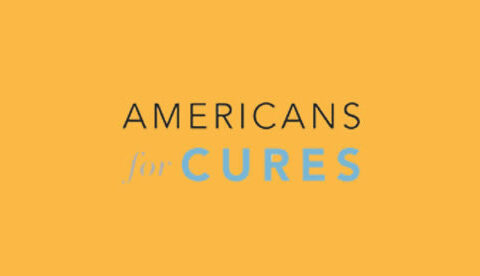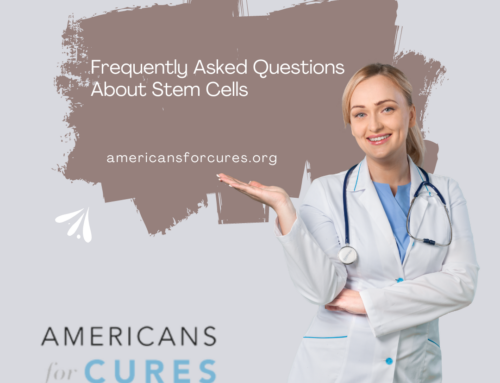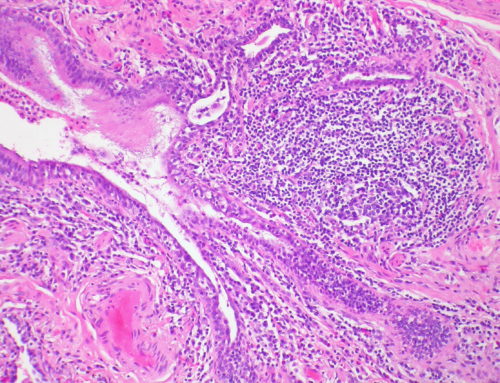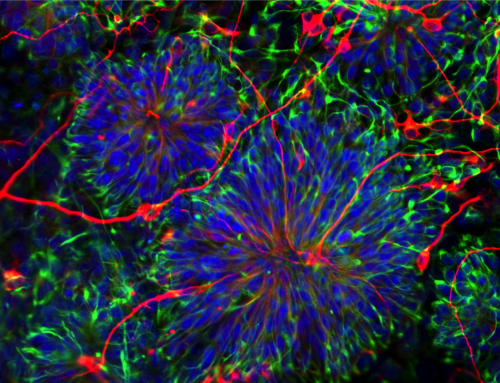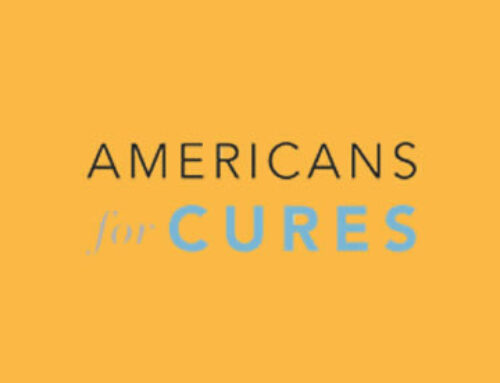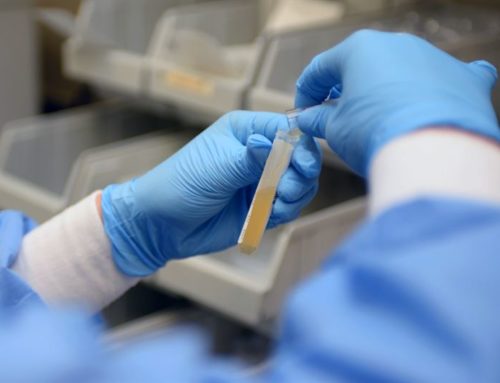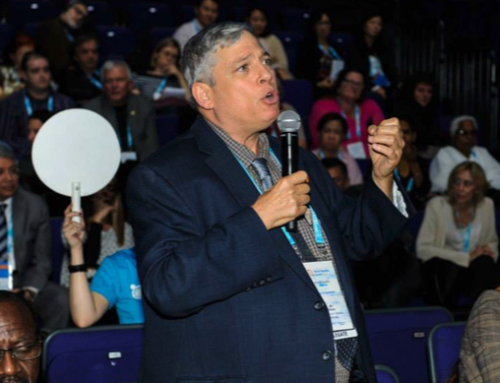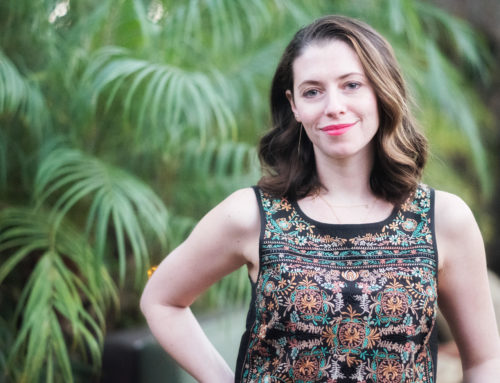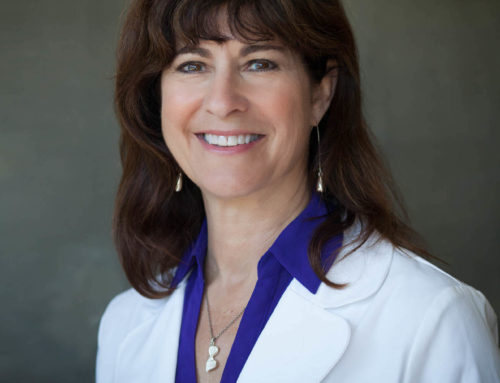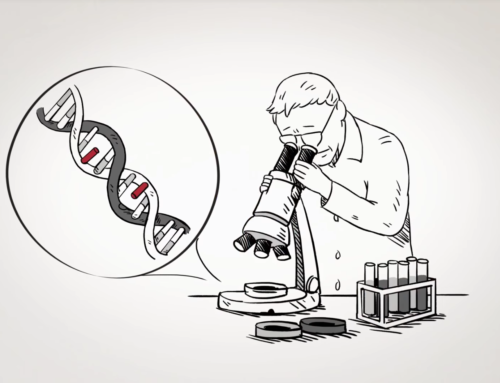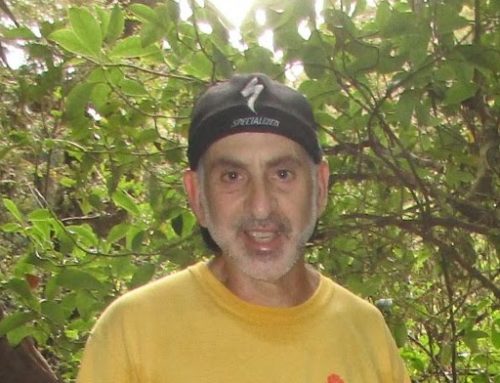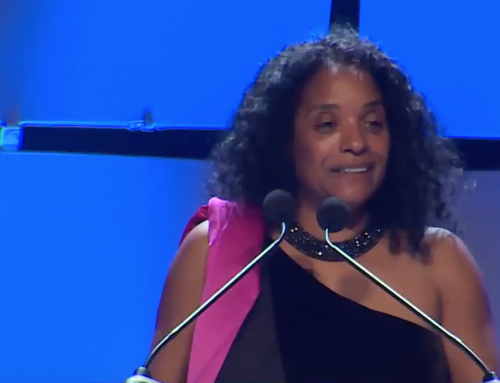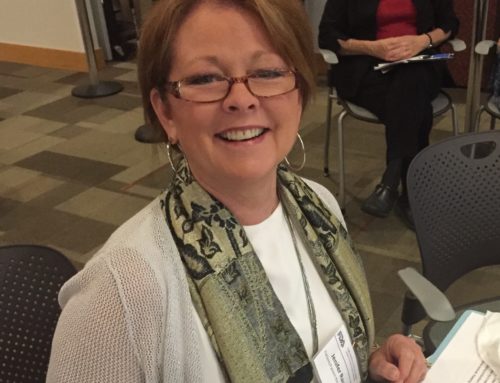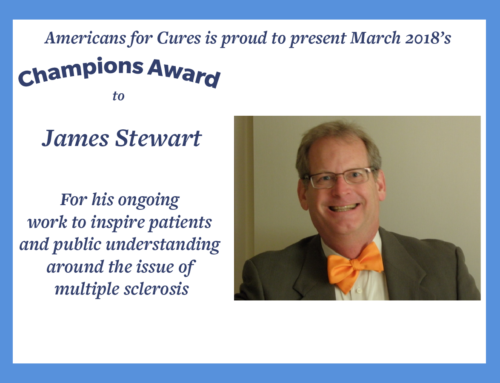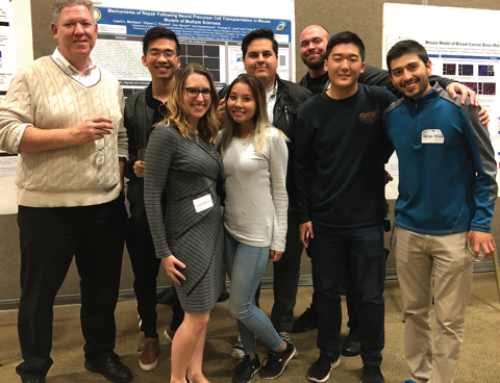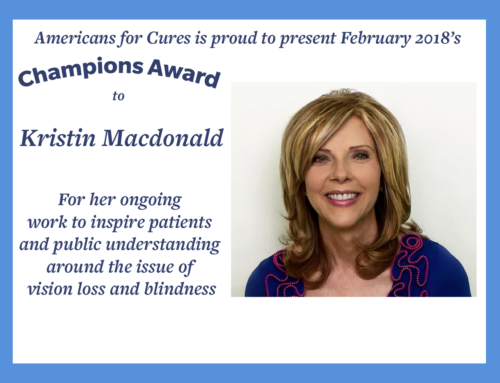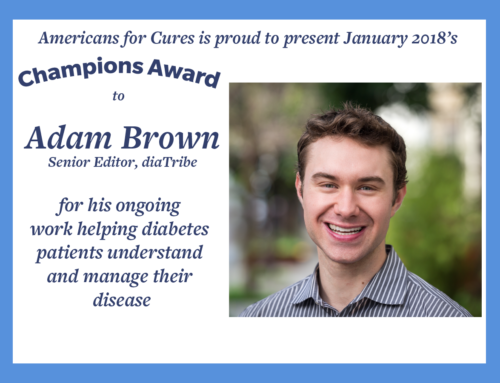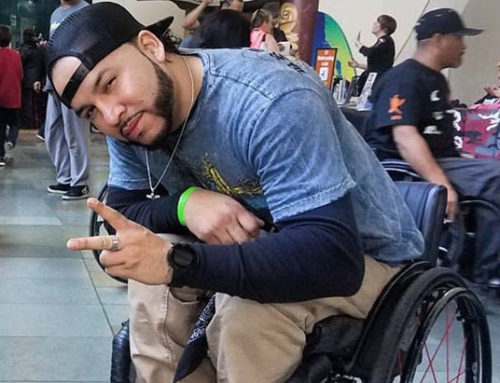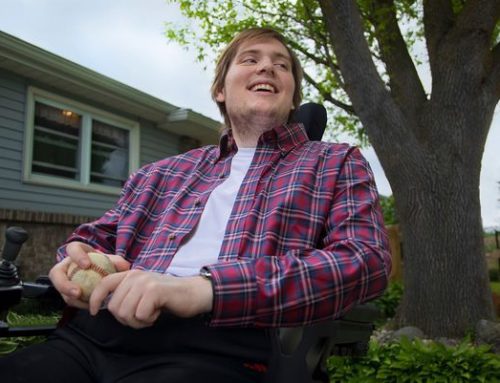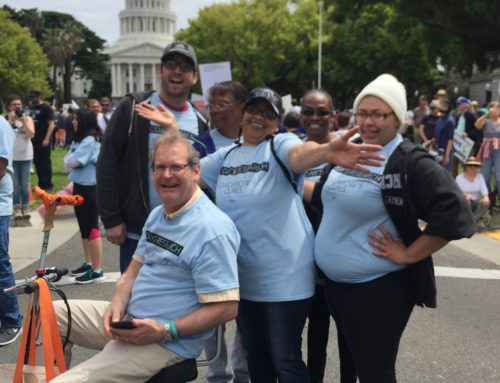As a former professional diver for Marine World in Redwood City, California, I naturally love the animals of land and sea. It was a delight to find a little-known fact about Koko, a female gorilla who “speaks” with sign language.
When Koko could not get pregnant, Stanford scientist Dr. Bertha Chen was called in to examine her, thus becoming perhaps the world’s first gorilla gynecologist. (She determined the procreation difficulties were with the male gorilla partner, not Koko.)
Koko, BTW, is still very much alive, 40 years old, and beautiful; donations for her care are always welcome.
Dr. Chen’s stem cell connection? She is working on a cure for a women being institutionalized aneurysms?
The inability to hold one’s water can be life-threatening to an elderly woman. If she gets up in the night to rush to the restroom, she may trip and fall, perhaps shattering her pelvic circle, which can be fatal. Males are less susceptible to this, both because they have thicker bones and because they die younger anyway. In California, a female may live to 82, compared to a male’s peak age of 75. This longer lifespan gives more time for the thinning of the bones, making women more susceptible to fractures.
We all know the feeling of needing a restroom, and squeezing the internal muscles to delay urination. When those muscles weaken due to age or other causes, we may come to need adult diapers. (With the aging of the population, in fact, more diapers are now used by adults than babies.)
A healthy sphincter, the on-off valve of the urinary tract, stays closed because of smooth muscle cells.
But as muscle cells age, they weaken and die; without enough active cells to maintain closure, the urine may spill out during activity, even from a simple cough. Childbirth may over-stretch the opening; if it cannot close securely, the person will wet themselves.
One way to diminish the problem is “bulking the muscle.” Injections of fat, collagen, or ground-up bone into the sphincter will narrow the opening. But while this lessens the leakage, it does not bring control. Further, it requires repeated injections, perhaps every year.
There are surgical methods of reducing incontinence, but these have limited success in older patients. Some approaches, like “mesh slings”, use synthetic materials to narrow the opening. These do not work well for a number of patients; they lessen but do not stop the leakage, and could cause additional symptoms involving urinary frequency and urgency.
Other surgeries may enhance the strength of the woman’s internal ligaments. But these decrease in effectiveness when they have to be repeated, as they often do.
But what if young and healthy muscle could be regrown inside the woman with the problem? These new muscle stem cells may strengthen the control of the muscle walls around the sphincter. The normal method of controlling oneself would be restored.
Dr. Chen and her colleagues have an experimental technique which may accomplish this: injecting muscle cells (grown from the woman’s stem cells) into the sphincter. There, it is hoped, newer muscles would restore control.
UI costs America an estimated $20 billion a year, comparable to arthritis. There are also emotional and social costs, with some folks withdrawing from active participation in society, for fear of embarrassment. (Note: worries about smell are largely not needed; a fresh accident has no scent, only the passage of several hours brings an odor.)
AND—in a completely different area— there may be an unexpected benefit.
The same kind of stem cells, may save lives in an unexpected way.
You have heard of the huge blood artery called the aorta, located within the torso? Sometimes its walls weaken, thin, and burst.
This aortic aneurism can be fatal. A gush of blood may burst out internally, bringing death in minutes.
Or, maybe not.
If the weakening of the aorta is detected early, (which can be done) the artery walls might be strengthened by the same stem cells Dr. Chen hopes to use to fight Urinary Incontinence. One benefit inspiring another…
Imagine if both problems could be cured by stem cell therapies…due to research funded by the California stem cell program!
This post originally appeared on HuffPost.
Don C. Reed is Vice President of Public Policy for Americans for Cures, and he is the author of the forthcoming book, CALIFORNIA CURES: How California is Challenging Chronic Disease: How We Are Beginning to Win—and Why We Must Do It Again! You can learn more here.



